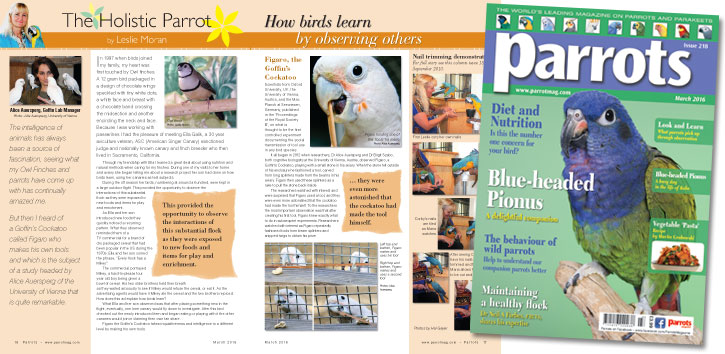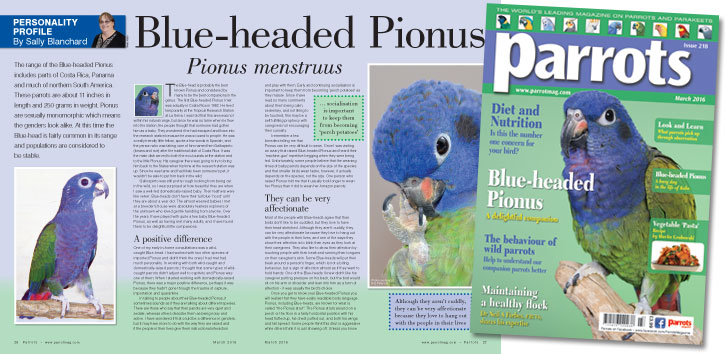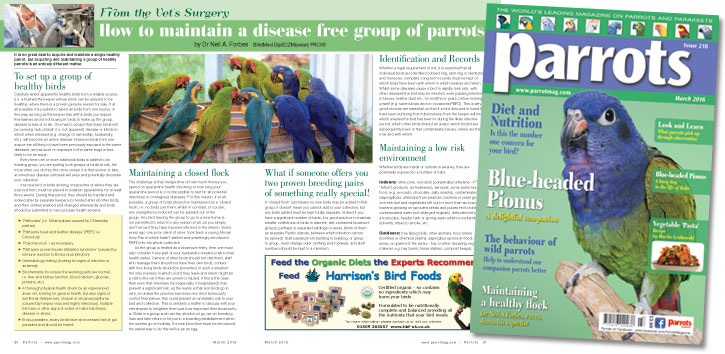How birds learn by observing others

The Holistic Parrot by Leslie Moran
In 1997 when birds joined my family, my heart was first touched by Owl finches. A 12 gram bird packaged in a design of chocolate wings speckled with tiny white dots, a white face and breast with a chocolate band crossing the midsection and another encircling the neck and face. Because I was working with passerines I had the pleasure of meeting Ella Galik, a 30 year aviculture veteran, ASC (American Singer Canary) sanctioned judge and nationally known canary and finch breeder who then lived in Sacramento, California.
Through my friendship with Ella I learned a great deal about using nutrition and natural methods when caring for my finches. During one of my visits to her home and aviary she began telling me about a research project her son had done on how birds learn, using her canaries as test subjects.
During the off season her birds, numbering at around a hundred, were kept in a large outdoor flight. This provided the opportunity to observe the interactions of this substantial flock as they were exposed to new foods and items for play and enrichment.
Buy Now!



